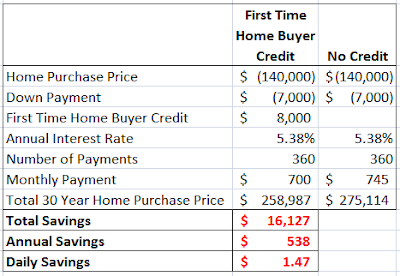Here are several ways to manage a short-term cash crunch.
- Emergency funds. Savings exist for short term income shortages. If you don’t already have an emergency fund, now is a good time to start. Start by saving $1,000 then build toward three to six months income.
- Sell something. I recently spent time in our basement looking at things we no longer use. We have a crib and cradle we won’t use for a long time. They’re both in great shape, so we’ve considered keeping them for our grandkids. We’re not really attached to them though. If we were in a cash crunch, I’d use eBay, Craig’s List, a garage sale, or other mechanism to sell them.
- Garage sale. My mom and her friends used to have a garage sale every spring. They’d sell books, clothes, furniture and baked goods. A garage sale can easily earn a few hundred dollars if you put up some fliers or posters beforehand.
- Flip burgers. What I really mean is get a second job. Second jobs should be low stress, fairly mindless, and never interfere with your real job. Most people can’t sustain two jobs for an extended period of time, but if you’re looking to get through something temporary it is a great way to make a few hundred dollars a month.
- Cut optional expenses. As we’ve talked about before, we’ve all got optional expenses. Some optional expenses can be cut or reduced easily. Sometimes you can trim an expense without actually cutting any service, like our cable bill.
- Barter. Do you have a skill or time you could exchange for services you typically pay for? One of our readers, Broc K, recently shared how his wife offered to babysit in exchange for free music lessons for their girls.
- Turn a hobby into a business. Are you a pianist? Piano lessons can fetch $10-20 per lesson. Growing up, my Dad broke colts for others and later taught me to use the same skill to earn a few hundred dollars a month. Most of us have a skill or hobby that could generate a bit of extra cash flow—use it.
How have you managed short-term income shortages?






 If you've come this far, you're on your way. Tomorrow we'll talk about how to improve your cash flow by managing expenses.
If you've come this far, you're on your way. Tomorrow we'll talk about how to improve your cash flow by managing expenses.